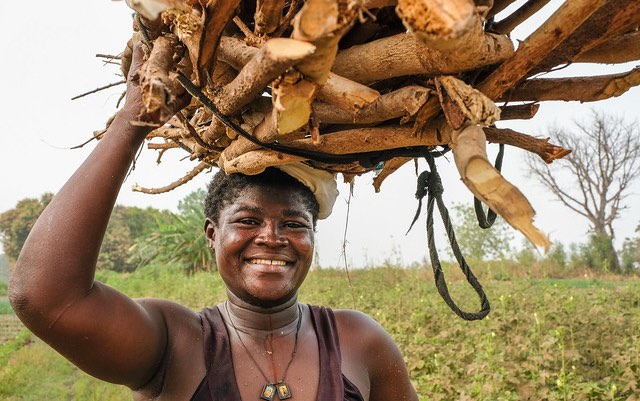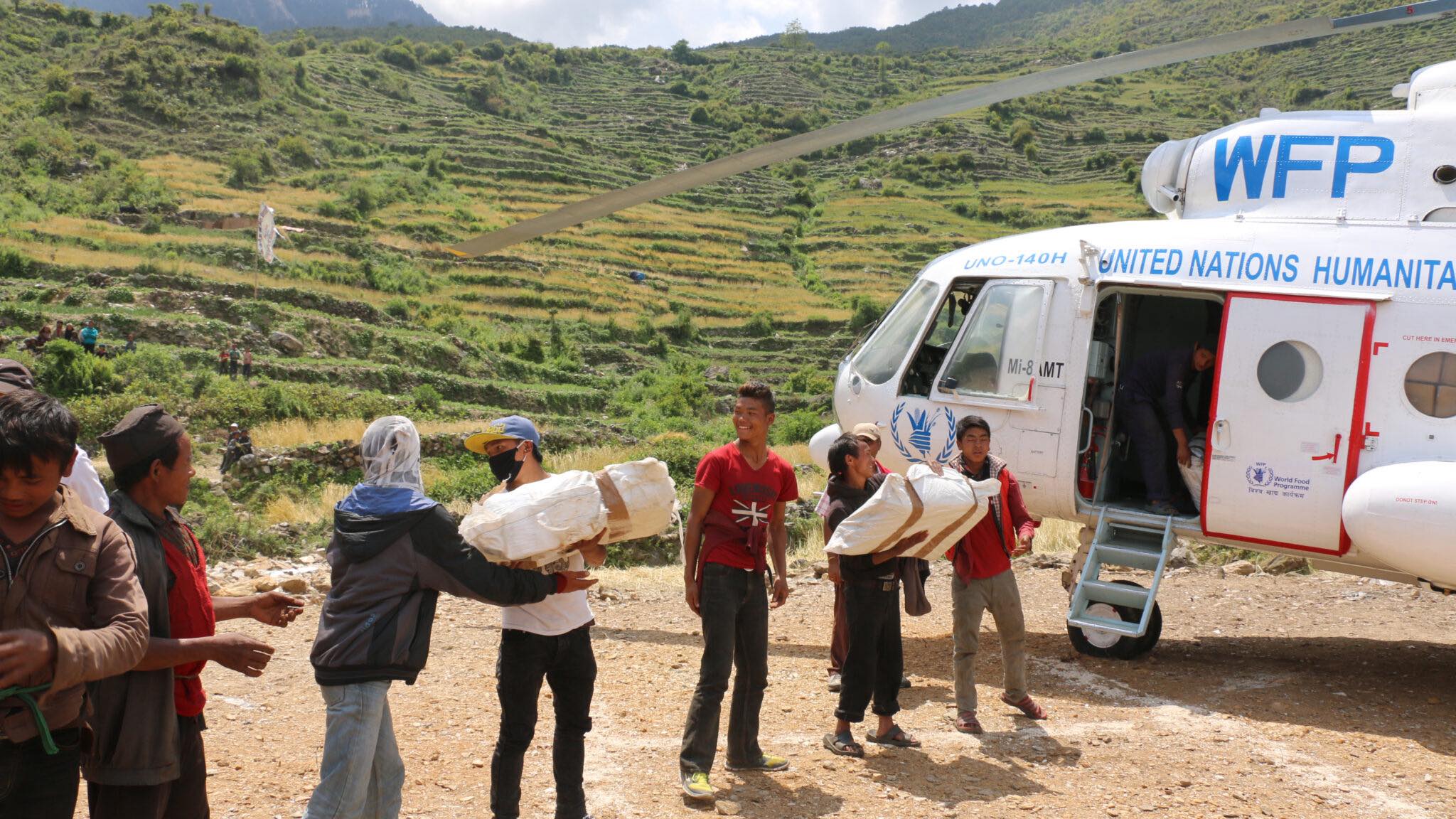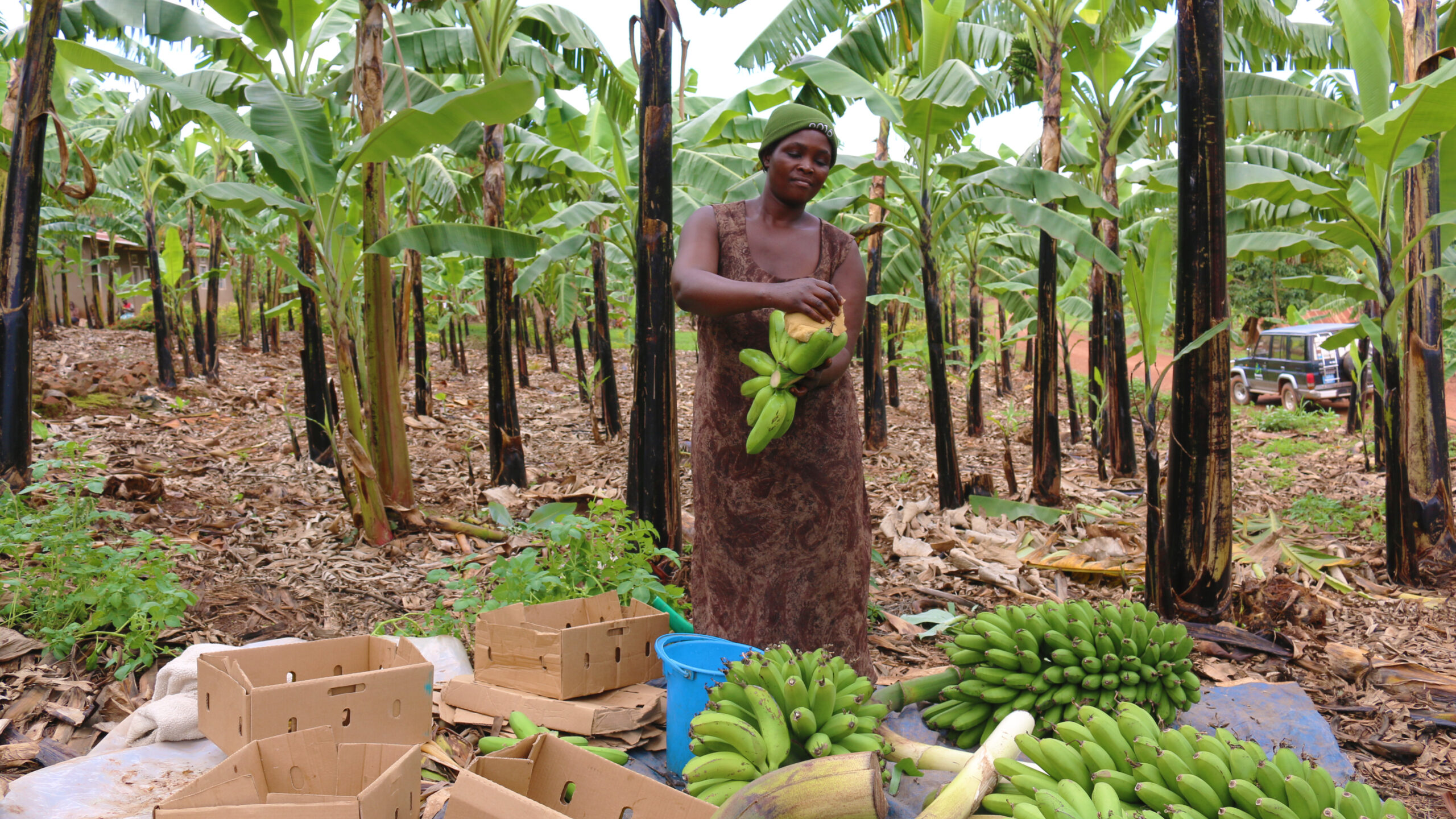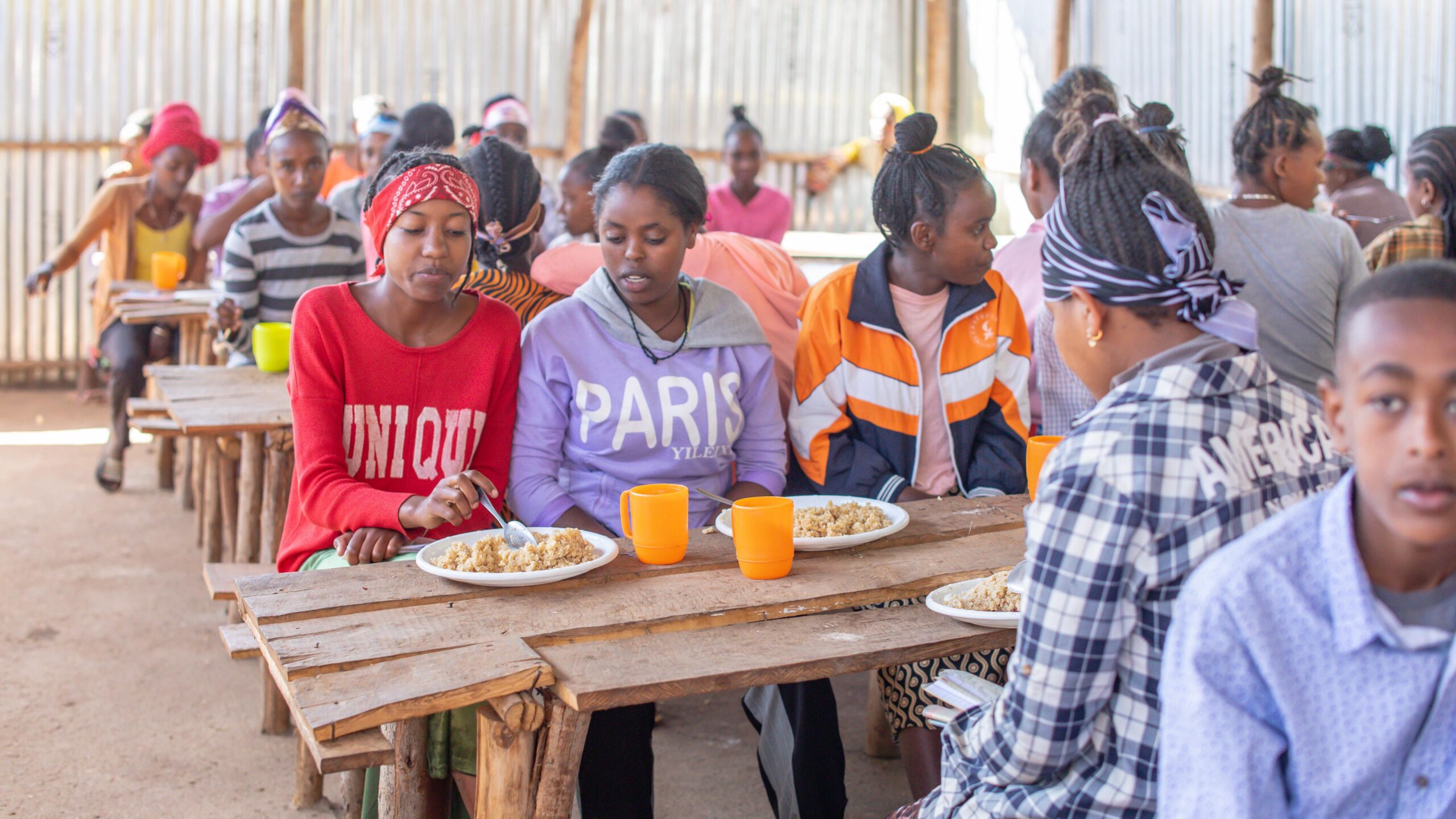Throughout much of Africa south of the Sahara, rural households earn their incomes primarily from agriculture and rapid rural population growth is putting pressure on governments to create jobs. In Ghana, agriculture employs over 40% of the population, but average farm productivity remains low, a problem for rural livelihoods and incomes. Rural poverty increased between 2012-13 and 2016-17, particularly in Ghana’s northern regions, and poverty rates were highest for the self-employed in agriculture (see GLSS 7 results). An analysis by IFPRI researchers indicates that the rise in non-farm employment growth has helped to mitigate rural poverty, though this consists mainly of low-wage, low-skill jobs in the informal service sector. Low agricultural productivity also has significant knock-on impacts for value-added/agroprocessing activities and for competing with imports in the domestic market or exporting to regional or global markets.
IFPRI’s 2019 Global Food Policy Report (GFPR) argues a focus on rural revitalization can meet these challenges, and that rural development is key to economic growth and meeting the UN Sustainable Development Goals. This approach must foster greater rural-urban linkages and include a set of key building blocks; Namely actions to support decent rural employment, gender equality, healthy ecosystems, renewable energy, and good rural governance.
To what extent do the government of Ghana’s current policy initiatives have the potential to foster rural revitalization?
First, a little background. Ghana has enjoyed rapid annual GDP growth of 7.2% during 2007–2017, driven primarily by non-agricultural sector growth (i.e., the oil and gas sectors) (see MoFA report). Agriculture’s contribution to national GDP growth is disproportionately low; 2008-2009 was the last time Ghana achieved the target of 6.0% annual growth in agricultural GDP, committed to in the African Union’s Comprehensive Africa Agriculture Development Programme (CAADP); it has averaged only 3.3% since 2010, as discussed in ISSER’s State of the Ghanaian Economy Report. Historically, there has also been significant underinvestment in infrastructure; the Ministry of Finance estimates a $30 billion infrastructure deficit. And public expenditures in agriculture have been far below the CAADP target of 10% of total budget.
The government’s flagship initiatives, such as Planting for Food and Jobs (PFJ) and Infrastructure for Poverty Eradication Program (IPEP), seek to address farm productivity (through the supply of improved seeds and fertilizer at subsidized prices) and infrastructure investment in agriculture sector assets (e.g., warehouses and small dams), respectively.
These initiatives raise several issues from a systems perspective. First, assuming PFJ generates productivity increases at scale, what are the implications for employment? If farmers can produce more with the same land, then that should free up labor, creating a need for new employment opportunities and infrastructure investments (e.g. feeder roads, processing technologies). And as IFPRI researchers point out, many rural households are already shifting their primary employment to non-farm jobs, especially when they are close to urban areas in the more urbanized South and in particular for youth. So the question is how best to strengthen the productive interlinkages.
For Ghana to create sufficient high-quality jobs to raise living standards and decrease urban migration to the major cities, especially by youth, the GFPR suggests a “territorial approach.” This includes strategic strengthening of rural-urban linkages to enhance market and value chain opportunities. As described by Diao and colleagues, “A territorial approach [would] integrate secondary cities and small towns with the rural economy…such that the diversification of rural livelihoods can become a viable alternative or complement to rural–urban migration for youth.”
This effort should also focus on speeding up the development of secondary and tertiary cities in the poorer, more agricultural North, with strengthened productive linkages with rural agricultural areas. There are some building blocks for this such as LUSPA’s Spatial Development Framework for the Northern Savannah Ecological Zone (2015-2035), as well as the Agricultural Master Plan and Regional Master Plans developed to facilitate spatial transformation of the region.
Second, while IPEP’s broad investment approach is commendable, it may overlook linkages with some areas that have particular promise for development, or not sufficiently incorporate the benefits of industrial agglomeration. Thus far, there has apparently been little focus on promoting synergies across the government’s different flagship initiatives. These vertical programs would also benefit from being integrated into a territorial approach designed to strategically integrate specific rural economies with nearby towns and small cities and agricultural growth poles. This is likely to be more efficient and effective for generating rural employment and transforming rural areas and to be more sustainable to the extent they factor in local backward and forward linkages.
Furthermore, a systems approach to these activities can create further positive synergies and feedback loops and avoid unexpected negative effects. As articulated in a blog post by UNDP Administrator Achim Steiner and IFPRI Director General Shenggen Fan, if interventions and investments simultaneously consider the other building blocks of rural revitalization, they can more efficiently reach employment and growth objectives, while also encouraging gender equality, sustainable ecosystems, and healthy food systems. The case for such a multi-sectoral synergistic spatial development approach to sustainable livelihoods for Northern Ghana is made in UNDP’s 2018 Northern Ghana Human Development Report.
When this territorial approach was presented to a group of agriculture sector stakeholders and policymakers on May 22, at the Agriculture Sector Working Group in Accra, participants discussed how this type of territorial approach could be leveraged to fulfill one of the government’s top economic objectives—decreasing reliance on food imports such as rice. Even for food products processed domestically, they noted, in the face of low productivity, unreliable supply, and low quality of produce, large-scale processors commonly rely on imported raw materials.
Some participants suggested that analysis is required of Ghana’s current decentralized government structure, including regional configurations, and the extent to which these might support or hinder rural revitalization. Finally, participants wondered to what extent the new Northern Development Authority’s, (the successor to the Savannah Accelerated Development Authority (SADA)), current focus on agricultural value chains is compatible with or could draw on the territorial approach espoused in the IFPRI report.
As President Akufo-Addo has said, priorities including employment, economic growth, value addition, and infrastructure development are central to attaining his vision of a stable and prosperous “Ghana Beyond Aid.” The country is at an important crossroads; strategic approaches to these priorities could build on current growth to accelerate progress towards widespread development for all Ghanaians. The territorial approach has the potential to maximize the efficiency and the impact of investments for poorer rural areas through its focus on promoting complementary strategic, and evidence-based actions.
Noora-Lisa Aberman is an Associate Research Fellow with IFPRI’s Ghana Strategy Support Program; Radhika Lal is Economic Advisor for Ghana & The Gambia for the UN Development Programme.







